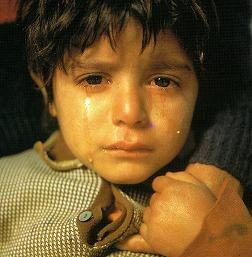 An auditorium is a venue for various activities. The attending public comes to this place to contemplate an artistic expression, such as a play, a dance performance, a musical piece or a monologue.
An auditorium is a venue for various activities. The attending public comes to this place to contemplate an artistic expression, such as a play, a dance performance, a musical piece or a monologue.
Likewise, this venue can also be oriented to all those activities in which some knowledge is transmitted, such as a conference, a debate or a political rally. Today most auditoriums are multifunctional.
General considerations in architectural design
Architects designing an auditorium must provide an effective technical solution to the acoustics issue. In this sense, the room has to be free of any deficiencies, such as noise concentrations, pulsating echoes or resonances. Architecturally, the enclosure has to respect the laws of sound reflection.
From the point of view of the audience, it is necessary that the visual and auditory perception be correct.
The stage is the main part of an auditorium and the rest of the rooms revolve around it. In specialized terminology, all the space that makes up the stage is known as a stage box (it must be considered that a stage has associated a stage machinery, also known as a stage).
The capacity of the venue is a determining issue for the type of activities that can be scheduled.
Obviously, this type of space incorporates all kinds of security measures, especially those related to evacuating the public when an emergency occurs.
Types of auditorium throughout history
The amphitheater, also known as the classical Greek theater, consists of three parts: the stage, the place for the orchestra and the stands.
 The Roman theater is a new version of the amphitheater (the place intended for the stage was reduced to a semicircle).
The Roman theater is a new version of the amphitheater (the place intended for the stage was reduced to a semicircle).
The first medieval theaters were located in churches and had several stages where the public circulated through all of them. During the Renaissance, the auditoriums recovered the classical stage approach.
In the Anglo-Saxon world the Elizabethan theater was introduced, a wooden construction dedicated to open-air performances.
In the 18th and 19th centuries, theaters incorporated new lighting techniques. Currently auditoriums are multipurpose spaces and are not limited exclusively to the scenic world.
Photos: Fotolia - Media Whale / Logan81









